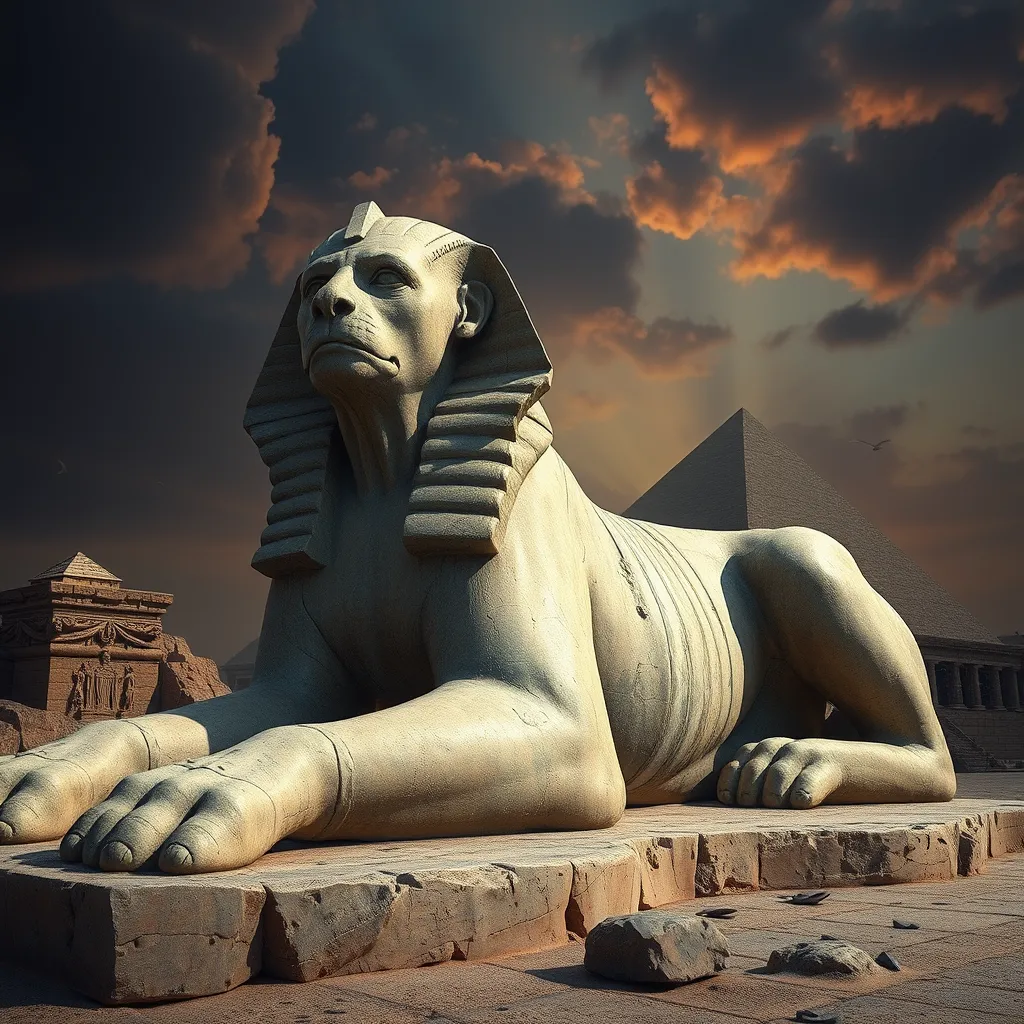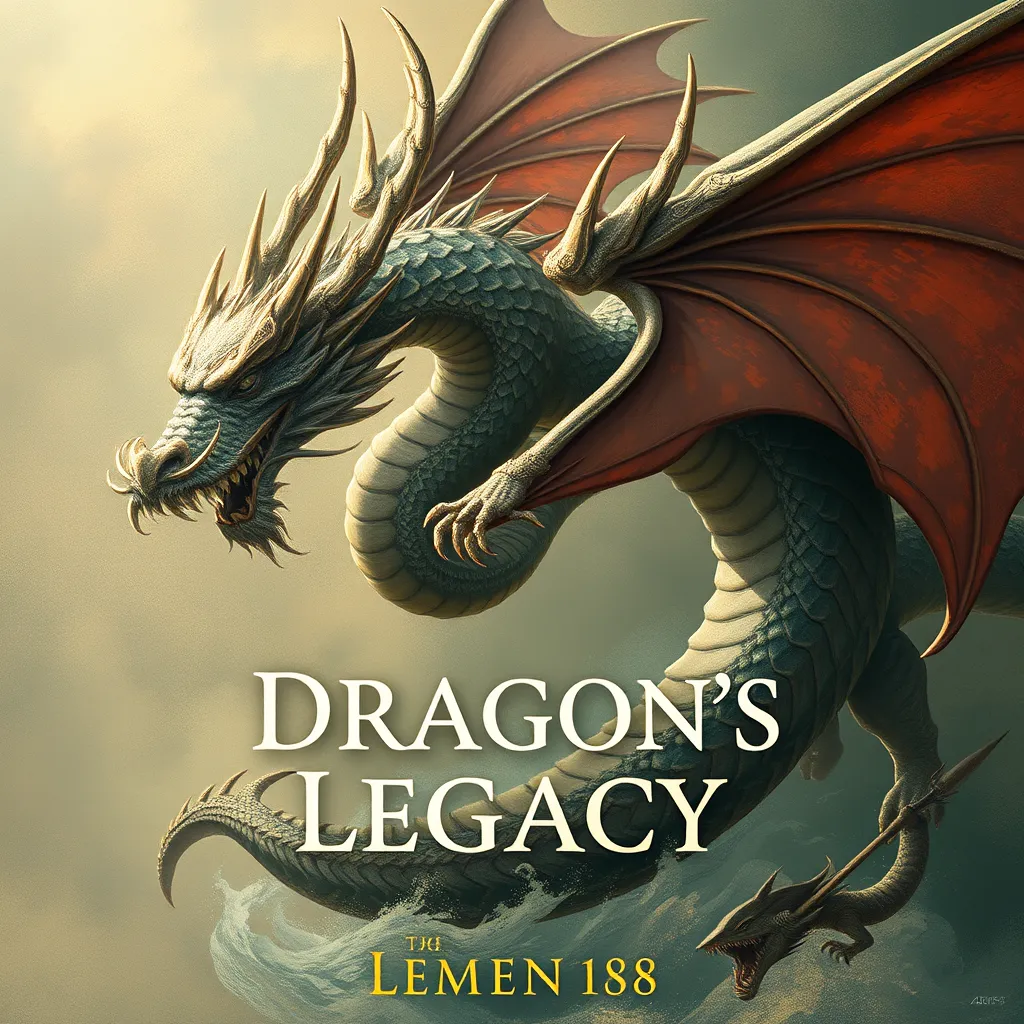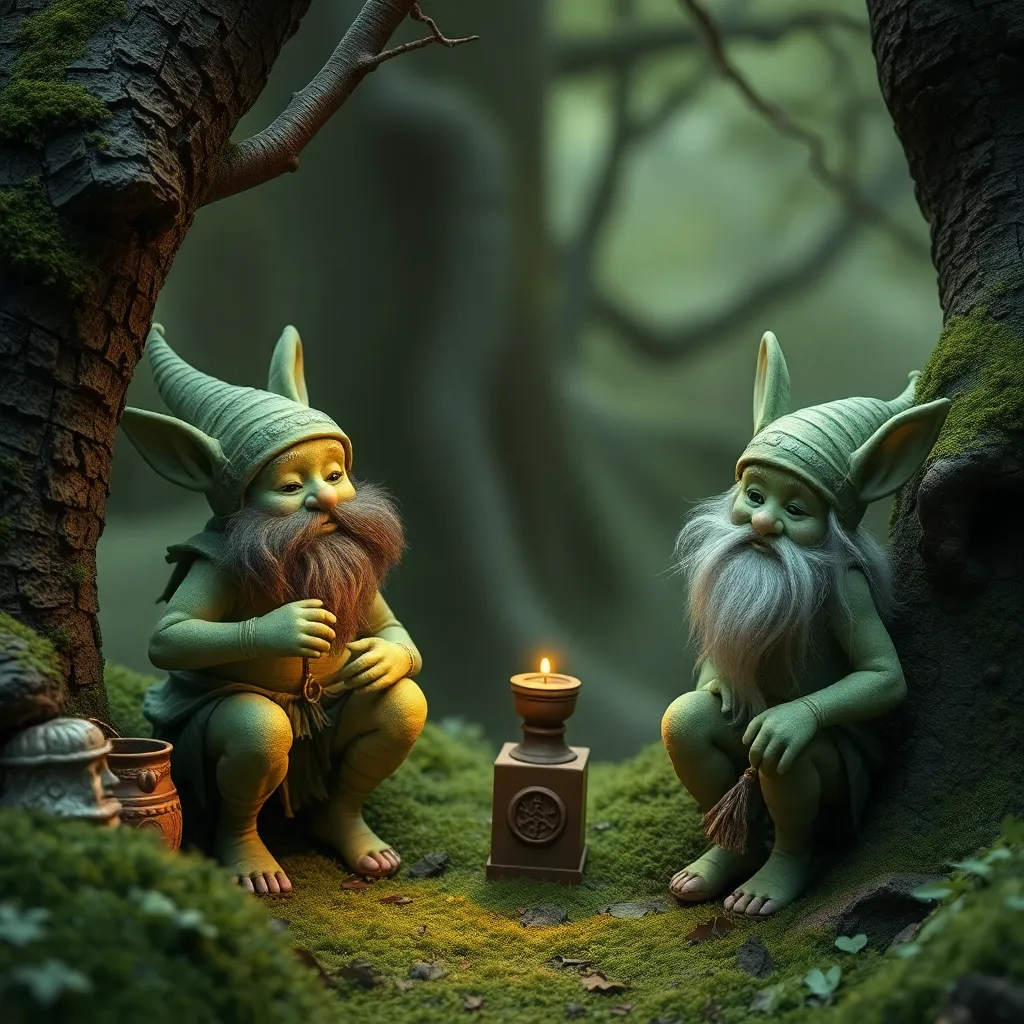Ah Puch in Modern Culture: The God of Death in Contemporary Art and Literature
I. Introduction
Ah Puch, the Maya deity of death, is a figure steeped in rich symbolism and cultural significance. Revered and feared, he embodies the complex relationship the Maya civilization had with death and the afterlife. In Maya cosmology, death is not merely an end but a crucial component of the cycle of life, emphasizing the interconnectedness of existence.
This article aims to explore how Ah Puch has been represented in contemporary culture, particularly in art and literature. By examining his depictions in modern contexts, we can gain insights into how ancient beliefs continue to resonate in today’s society.
II. Historical Context of Ah Puch
Ah Puch, often depicted as a skeletal figure with decaying flesh, has its origins rooted in the mythology of the Maya civilization. He was known as the lord of the underworld, Xibalba, and played a crucial role in death rituals and beliefs surrounding the afterlife.
- Ah Puch was often associated with various symbols of death, such as the owl and the jaguar.
- He was believed to oversee the souls of the deceased, guiding them through the trials of the underworld.
Over the centuries, the portrayal of Ah Puch has evolved, reflecting changes in cultural attitudes toward death. While initially revered, the increasing influence of colonization and Western ideology led to a more demonized image of this ancient deity.
III. Ah Puch in Contemporary Literature
In modern literature, Ah Puch has re-emerged as a powerful symbol of mortality and existential reflection. Authors have utilized his character to explore themes of death, loss, and the human condition.
- Modern novels often depict Ah Puch as a complex character, capable of both malevolence and empathy.
- Poetry has embraced his essence, using his figure to symbolize the inevitability of death and the beauty of rebirth.
Notable works such as The Death of Artemio Cruz by Carlos Fuentes and Mexican Gothic by Silvia Moreno-Garcia feature elements inspired by Ah Puch, examining the intersection of life and death in contemporary narratives.
IV. Ah Puch in Visual Arts
The influence of Ah Puch extends into the realm of visual arts, where contemporary artists draw upon Maya aesthetics to reinterpret his image. Through various mediums, artists convey the duality of death as both a fearsome ending and a necessary transition.
- Paintings often depict Ah Puch in vibrant colors, blending traditional motifs with modern techniques.
- Sculpture has also played a significant role, with artists creating intricate representations that invite viewers to confront their own perceptions of death.
Key artists such as Diego Rivera and contemporary creators like Francisco Toledo have contributed to the dialogue surrounding Ah Puch, each adding their unique perspective to this ancient figure.
V. Ah Puch in Popular Media
Ah Puch has made significant appearances in popular media, particularly in films, television shows, and video games. His character often serves as a representation of ultimate power over life and death, appealing to audiences who are fascinated by the concept of mortality.
- Films such as The Book of Life and documentaries about Maya culture feature interpretations of Ah Puch, intertwining ancient mythology with modern storytelling.
- Video games like God of War and Shadow of the Tomb Raider incorporate his essence, challenging players to confront death and its implications in gameplay.
The reception of these portrayals often sparks discussions about the cultural significance of death and how it shapes human experiences across different mediums.
VI. Symbolism and Themes Associated with Ah Puch
Ah Puch embodies profound symbolism associated with death, decay, and rebirth. His character serves as a reminder of the cyclical nature of existence, where endings lead to new beginnings.
- Death is often depicted as a natural part of life, eliciting both fear and reverence.
- Ah Puch’s presence encourages contemplation of one’s mortality, prompting existential reflections on the meaning of life.
These themes resonate deeply in modern culture, as individuals grapple with their understanding of death and what lies beyond.
VII. Cultural Appropriation and Misrepresentation
While Ah Puch has gained visibility in contemporary culture, discussions surrounding cultural appropriation and misrepresentation are crucial. Many works draw upon Maya mythology without authentic engagement with its cultural significance.
- Respectful representations honor the beliefs and traditions of the Maya civilization.
- Exploitative portrayals, however, risk diminishing the rich history and meanings behind figures like Ah Puch.
Authentic narratives are essential for fostering appreciation and understanding of Maya culture, ensuring that its stories are told with respect and accuracy.
VIII. Conclusion
Ah Puch remains a relevant figure in contemporary culture, serving as a powerful symbol of the intricate relationship humans have with death. His representations in literature, visual arts, and popular media reflect the ongoing significance of mortality in human experience.
As society continues to explore themes of existence and the afterlife, the legacy of Ah Puch invites further research and representation of Maya mythology in modern contexts. The journey through death, decay, and rebirth remains a poignant aspect of the human narrative, echoing through time and culture.




